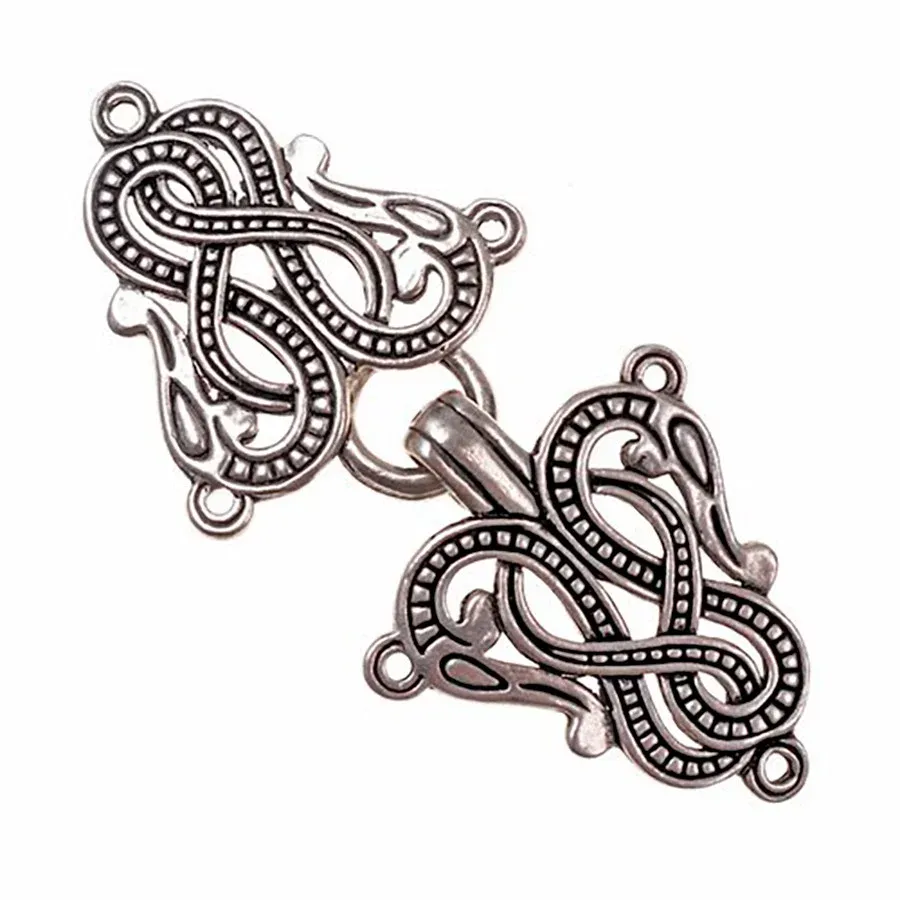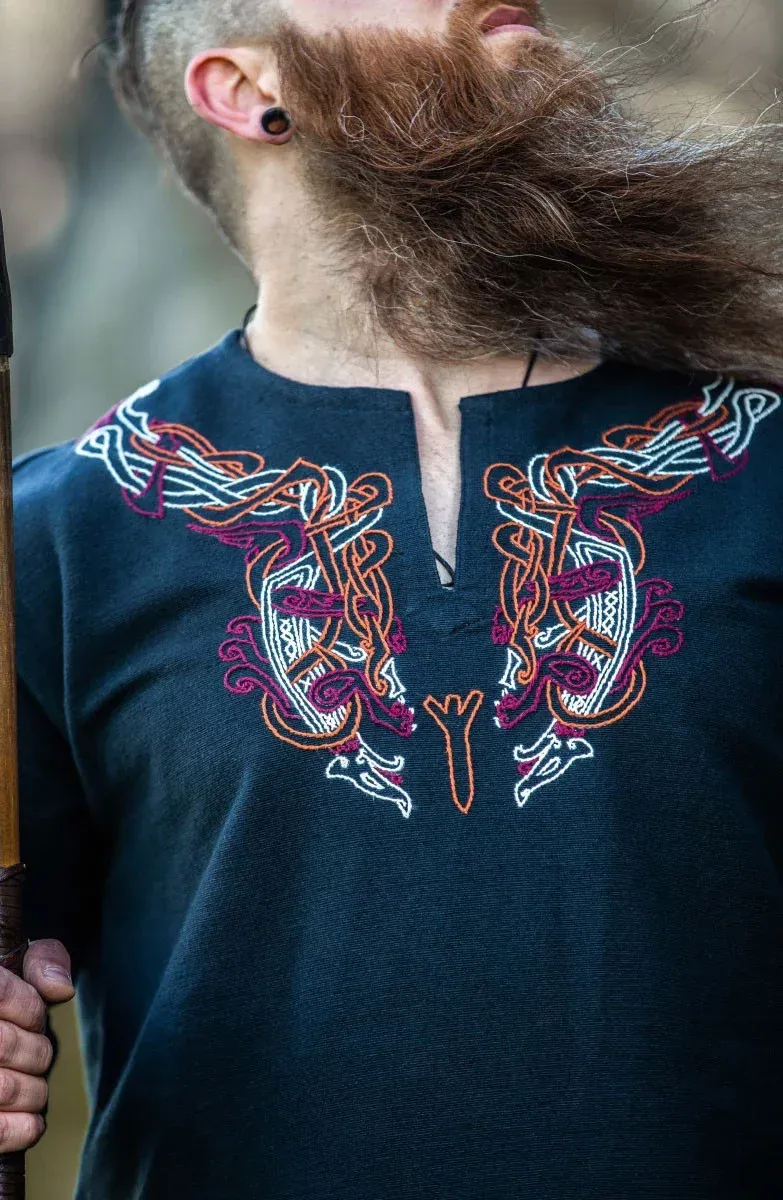What is the Urnes Viking Style?
The Urnes Viking style represents the last elegant expression of Viking art, primarily developed during the second half of the 11th century and the early 12th century. This style is renowned for its complex zoomorphic decorations and coincides with a transitional era where Viking art was gradually influenced by the Christianization of the Nordic peoples.
Origin and Denomination
The name "Urnes" comes from the wooden church of Urnes in Norway, an iconic site identified by the archaeologist Haakon Shetelig in 1909 as the prototype of this style. This church, now protected by UNESCO due to its cultural value and its fusion of Nordic and Christian decorative elements, is a relic of great importance. The church exemplifies the transition from Nordic paganism to Christianization. However, the alternative name "Runestone style" is also noteworthy, as many of the manifestations of this style are found in runes in Uppland, Sweden.

Aesthetic Characteristics
The Urnes style is distinguished by various unique elements that make it easily identifiable:
- Thin and elongated animal figures, often interwoven in compact patterns.
- Long necks and stylized heads, with almond-shaped eyes typical of the style.
- Animals frequently represented in band or serpent forms.
- Presence of dragon figures, which may reflect Anglo-Saxon influence.
- Use of thick and thin lines that interact asymmetrically.
- Interwoven patterns with thin lines shaped like 'S' or '8'.
- Curling appendages on the noses and necks of the animals.

Historical Context and Evolution
This style is a refinement of the earlier Ringerike style, known for its curved and elegant lines. The rise of the Urnes style corresponds with the Christianization of the Vikings, a change that significantly influenced their artistic expressions. During this time, Nordic decorative motifs began to adapt to complement the new religious approach. This process is visible in how the represented animals, which were initially shown in circular or open compositions, transformed into linear ornaments that defined the Urnes style.
Manifestations and Notable Examples
The Urnes style is primarily found in:
- The carved portal of the wooden church of Urnes, its most famous piece.
- Runestones, particularly in Uppland, Sweden.
- Runestones dedicated to historical events such as the Danegeld and Canute the Great.
- Decorative elements such as silver bowls found in Lilla Valla.
- Works signed by the artist Åsmund Kåresson.
In Denmark, there are about 100 objects and fragments featuring the Urnes style, highlighting its extensive influence in the Nordic regions.
Influences and Artistic Connections
The Urnes style is not an isolated style. It shows relationships with:
- Celtic and Anglo-Saxon art, evident in the similarities with spiral patterns found in the Lindisfarne Gospels.
- The sophisticated evolution of the earlier Ringerike style.
This Viking art reflects the culmination of almost 700 years of artistic tradition that dominated Northern Europe from the 5th to the 12th century. The Urnes style represents the last vestige of traditional Viking art before Christianization transformed the cultural landscape of Scandinavia. It is remembered as one of the most refined examples of Viking artistic capability, combining centuries of stylistic evolution into an elegant and rich conclusion.




























